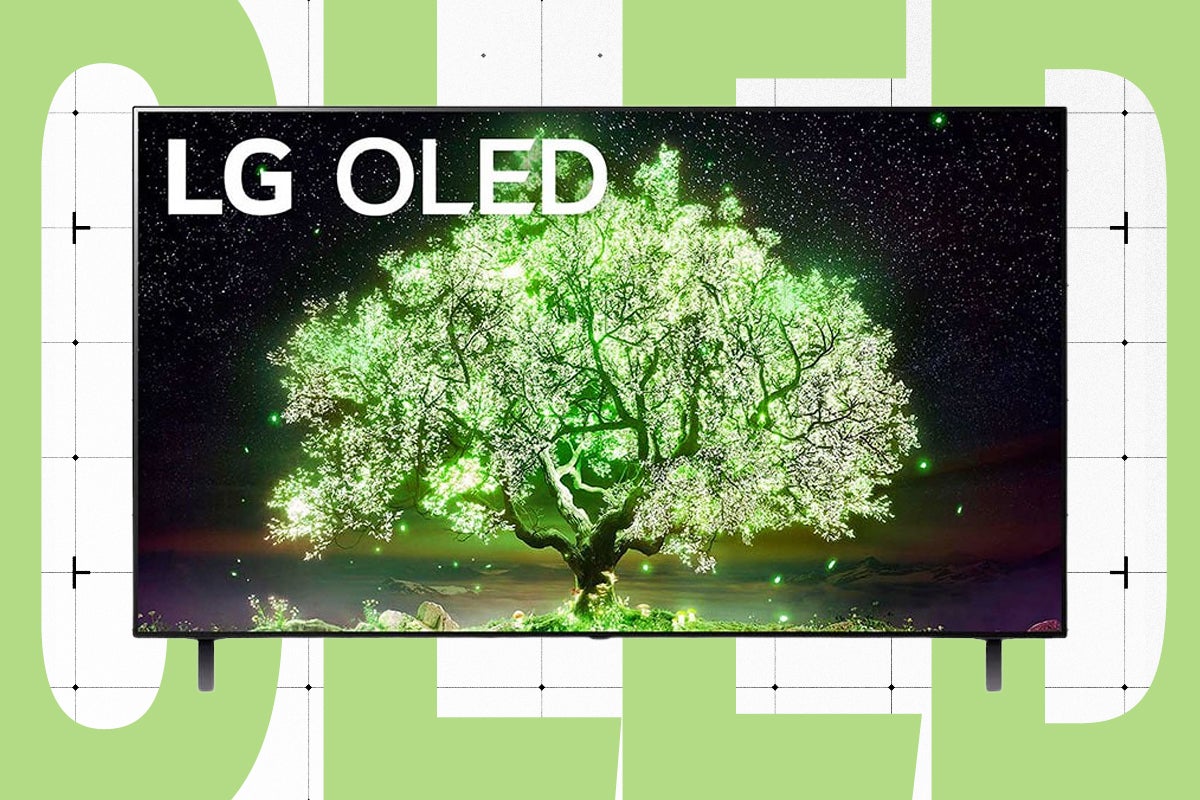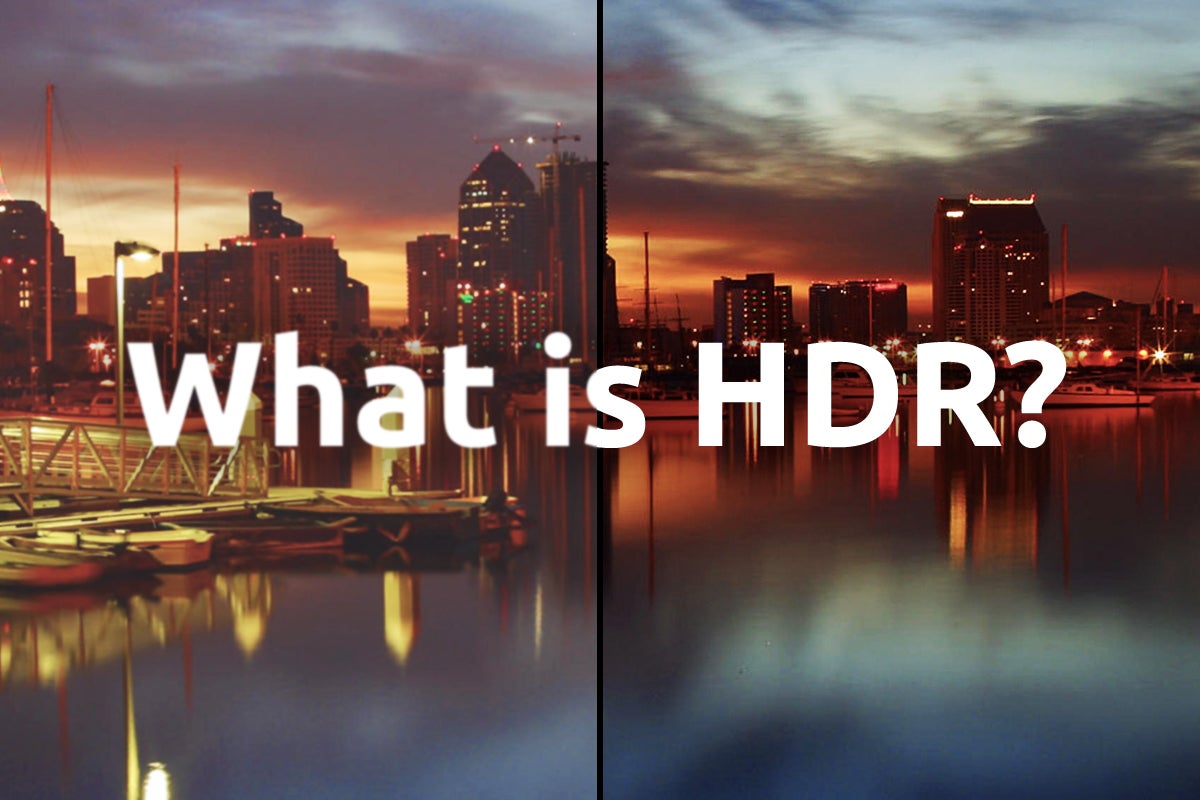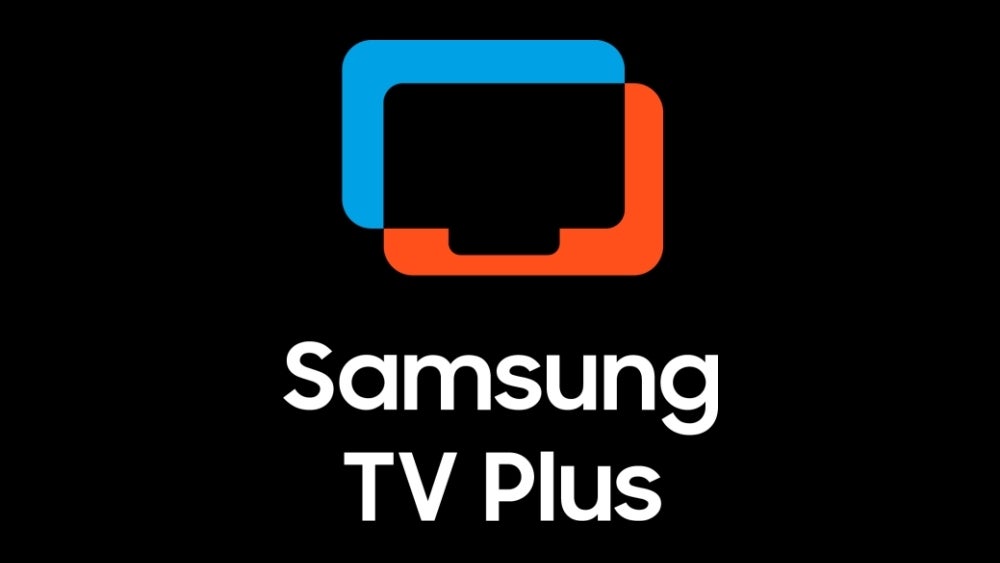What is Mini LED? Everything you need to know about the display tech
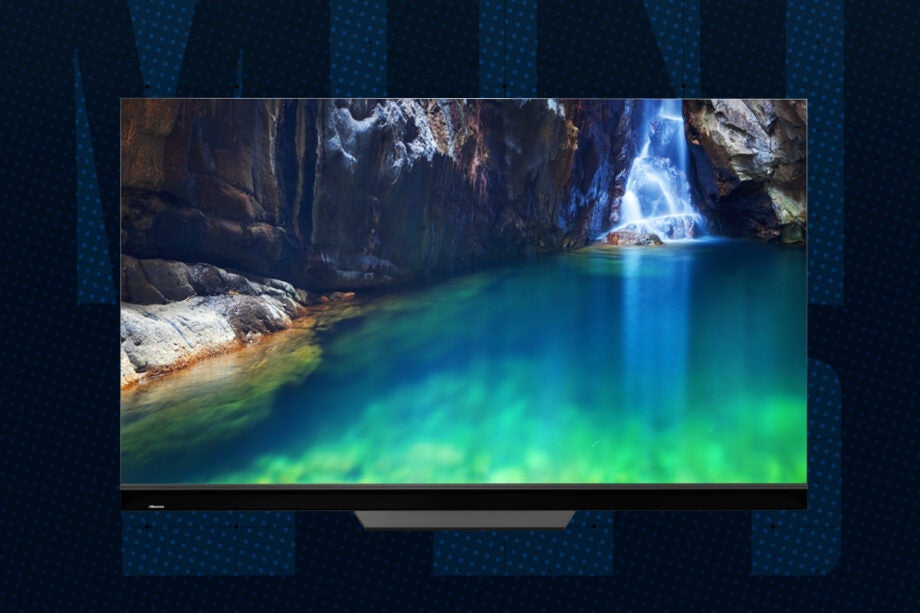
Mini LED – not to be confused with MICRO LED (similar idea, different execution) – has been adopted by several TV manufacturers and is the display technology of choice for Apple’s iPad Pro.
It pitches itself as a more affordable rival to OLED, and as OLED falls in price, this pitches the two display technologies into battle against each other.
So, what’s Mini LED, what are its benefits, how does it compare to other displays and what does it mean for you?
What is Mini LED?
Mini LED are smaller versions of ‘conventional’ LEDs that are used in displays to emit light. It’s an advancement of existing LCD LED technology rather than something altogether new.
Having miniaturised the LED form factor, it allows for more LEDs to be fitted into the same space. This number can range into the hundreds, thousands, and even tens of thousands of LEDs to be fitted into a display, depending on the size of the screen.
More LEDs create more dimming zones. More dimming zones offer greater control over aspects such as contrast (difference between dark and bright parts of an image), black levels and blooming, which concerns halos of light that appear around bright light sources in an image.
TV manufacturers have also redesigned the lens packaging for each LED that allows for more light to be emitted resulting a brighter image, making a Mini LED display one that can gobble up HDR content.
Mini LED vs Micro LED vs OLED
How does Mini LED differ from other displays? MICRO LED uses micrometer-sized LED lights that allows it to eliminate the backlight and colour filters used in LCD LED displays for a thinner design.
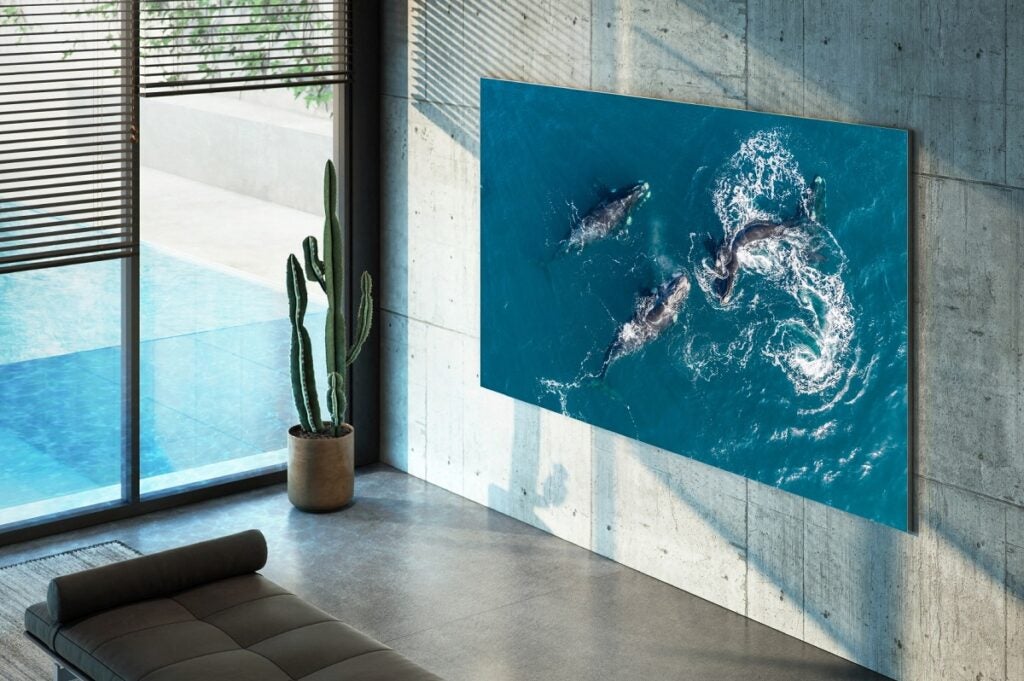
Where MICRO LED differs from Mini LED is that it is a self-emissive technology – each pixel can be switched on or off (like OLED). That adds complexity to the production process as well as cost. Each pixel structure in a MICRO LED display produces its own light and colour, and that gives it the ability to produce lifelike colours and bright images.
Much like Mini LED, it’s happy to push brightness levels further. And despite being a self-emissive display like OLED, it’s made from inorganic materials, meaning a MICRO LED screen can last a long time, and won’t suffer from the image retention/burn-in of OLED screens. It’s not cheap either. Samsung’s 110-inch MICRO LED TV is a wallet-hungry £149,999.
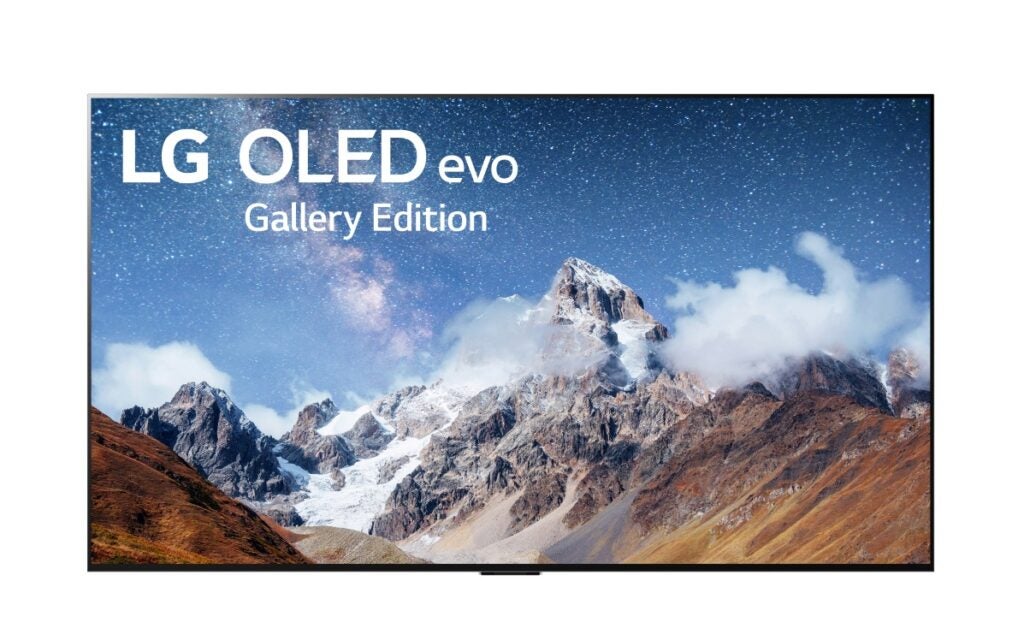
OLED stands for Organic Light-Emitting Diode. Each pixel is self-emissive, producing its own light. Like MICRO LED, a pixel that’s ‘on’ can sit next to a pixel that’s ‘off’. That helps to deliver deep black levels, a high contrast ratio and wide viewing angles.
OLED can’t go as bright as either Mini or MICRO LED for a few reasons, one of which is ABL (Auto-Brightness Limiter) technology. OLEDs can also suffer from image retention or burn-in, where static images are retained in the screen. The former is temporary, while the latter is harder to get rid of.
While burn-in can happen, it shouldn’t with normal use. Brands that use OLED displays integrate features such as pixel refreshing technologies and dynamic screensavers to mitigate it. And given OLED uses organic materials, picture quality will deteriorate over the panel’s lifespan.
Who’s making Mini LED displays?
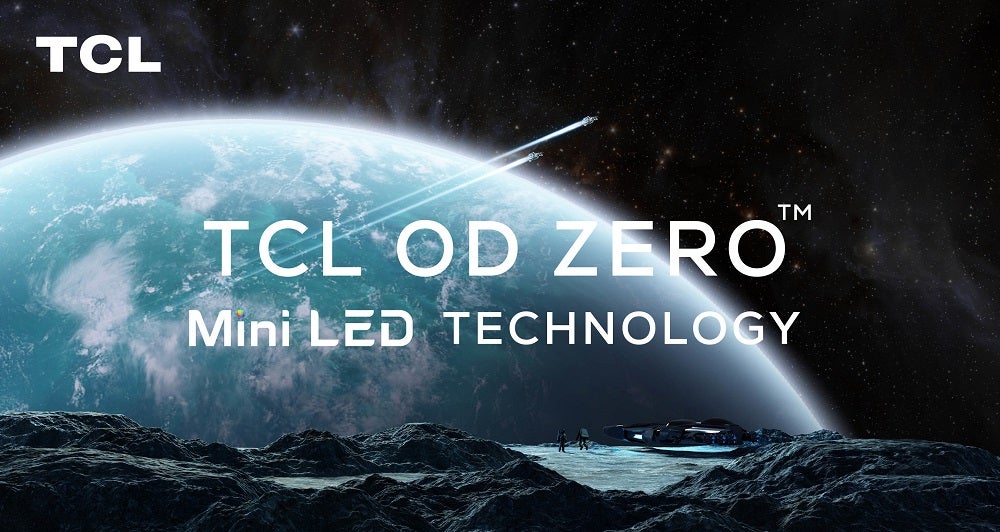
Chinese electronics manufacturer TCL has had success with its affordable Mini LED TVs in the US and Europe, while Samsung’s adopted the display tech for its Neo QLED TVs. Samsung utilise its own design for the LED packaging to be brighter and more light efficient and when married to Quantum Dot filters, the results have been fabulous. We reviewed the flagship QE65QN95A 4K TV and called it the start of a new TV era. The 2022 QE65QN95B is even better.
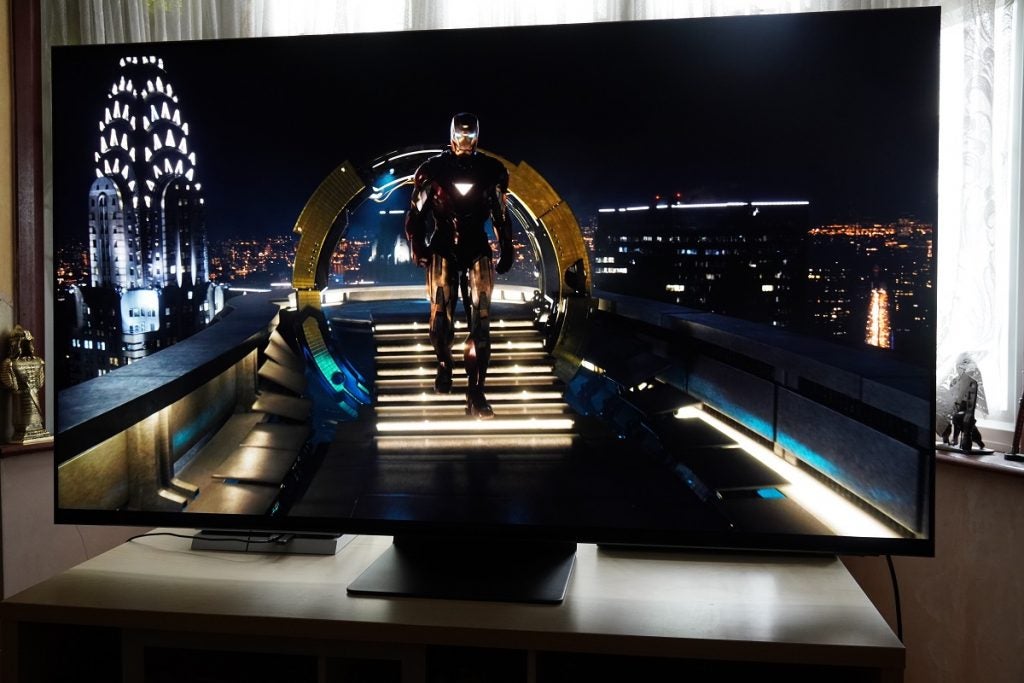
Both LG and Philips launched Mini LED TVs in 2021. LG’s interpretation is branded under QNED (Quantum Nanocell Emitting Diodes) and come in larger sizes that covers 8K and 4K resolutions. Philips has its 9636 and 9506 Mini LED TVs in 65- and 75-inch sizes. Nevertheless, both LG and Philips TV see OLED as the focus of their line-ups.
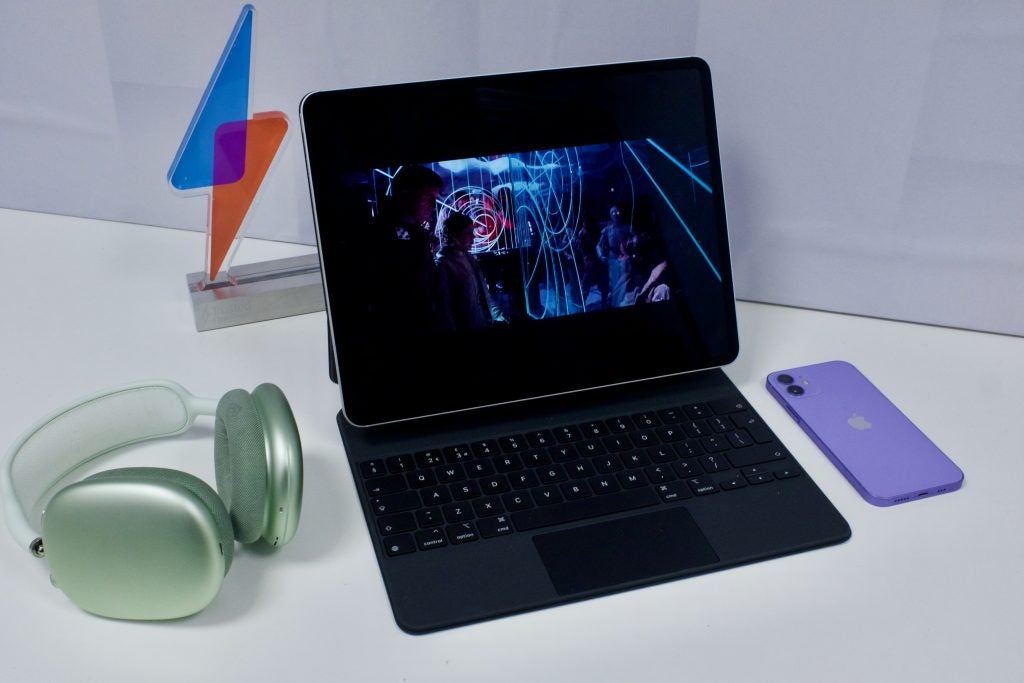
For TV brands, Mini LED has more of an impact at bigger sizes. However, it’s been (ahem) miniaturised to work in smaller displays such as Apple’s 12.9-inch iPad Pro, which we thought was very good but still susceptible to issues such as blooming.
Should you buy a Mini LED display?
The idea behind Mini LED is to approach the level of black depth that OLED panels can offer, as well as deliver high levels of contrast, colour accuracy and high brightness.
Out of the products we’ve tested from TVs to tablets, it certainly lives up to its potential, although we do have some issues. The technology is still relatively expensive, at least in the UK, and it’s still afflicted by problems that affect all sorts of LCD LED screens such as blooming and backlight control. And aside from Samsung Neo QLED range, it’s not available in as many smaller sizes, although the smallest we’ve tested is an £899 43-inch Samsung QN90A.
If you love films and gaming, OLED would be the more capable choice but if you’re someone who uses screens outside or in environments where there’s plenty of ambient light that washes onto a screen, then the brightness and level of precision a Mini LED display can offer makes more sense.



